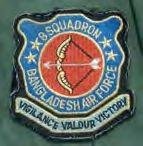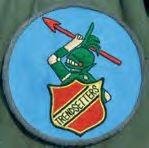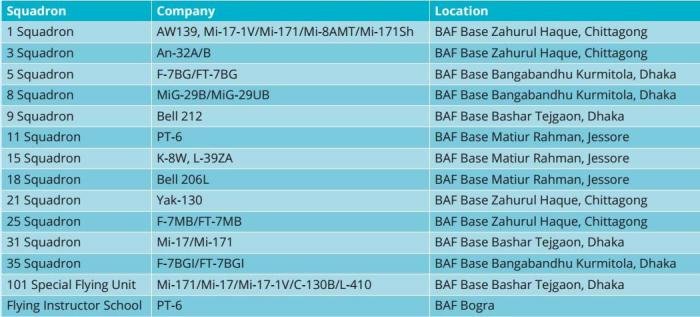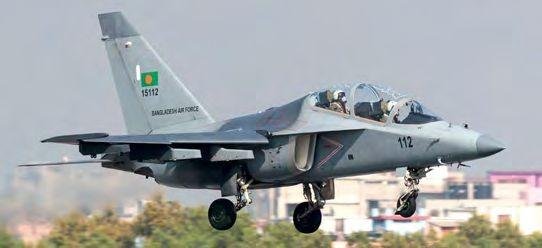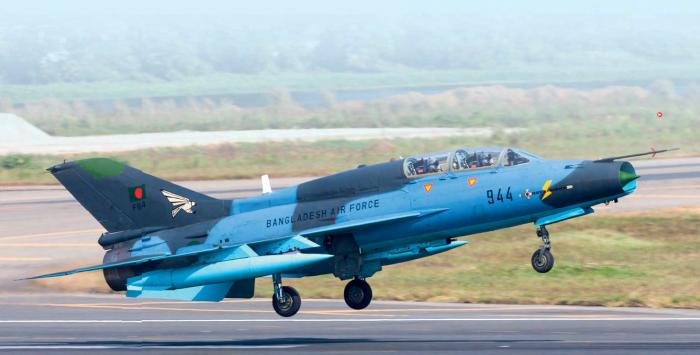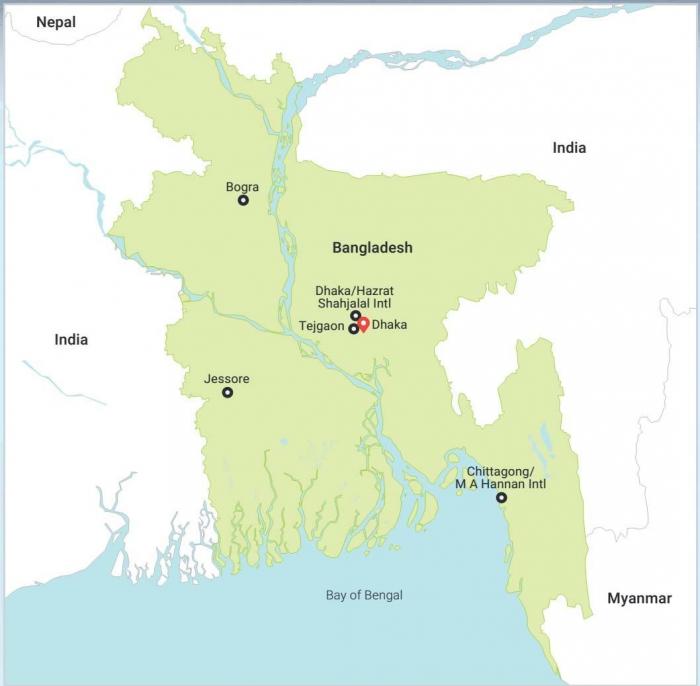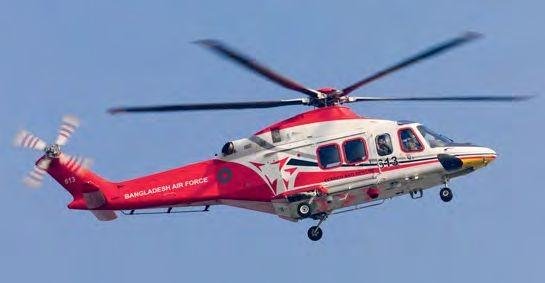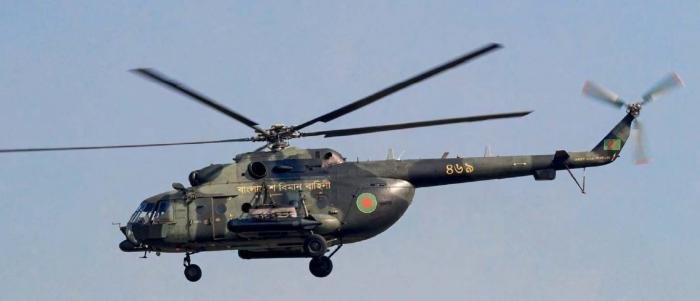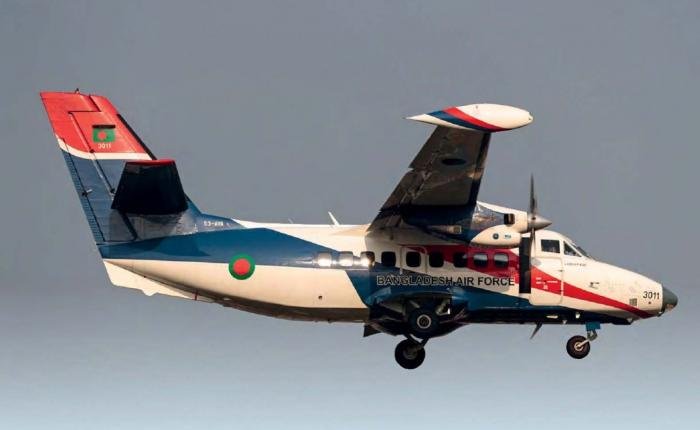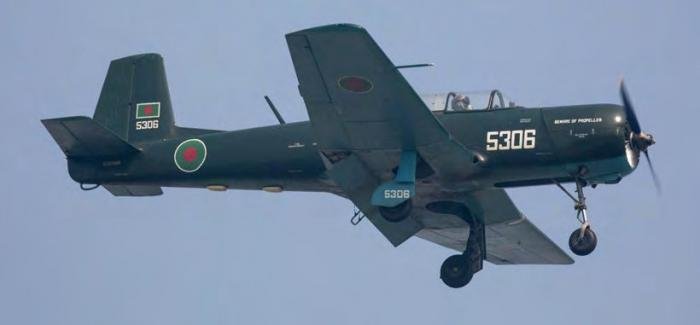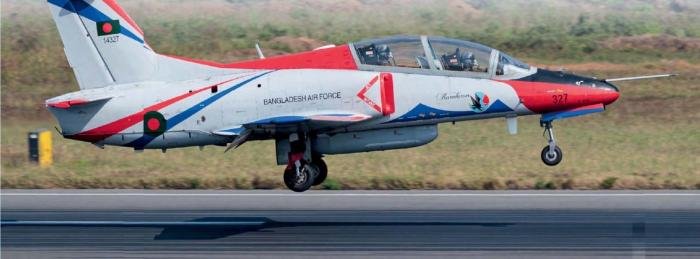Fatman17
THINK TANK: CONSULTANT
- Apr 24, 2007
- 36,832
- 43,179
- Country of Origin

- Country of Residence

FREEDOM OF THE SKIES
- Aviation Features
- FREEDOM OF THE SKIES
By Rogier Westerhuis and Ian Carroll 16th March 2017
FEATURE
Bangladesh’s potent and professional air force is increasingly active internationally through participation in UN missions, as Rogier Westerhuis and Ian Carroll discover.

35 Squadron F-7BGI serial 2721 and two-seat FT-7BGI 2703. The BAF maintains a constant air defence alert facility rotated between diff erent squadrons. All photos Dr Andreas Zeitler, unless otherwise stated
THE YOUNGEST country in the Indian subcontinent, Bangladesh is often portrayed as being politically turbulent in the face of economic, social and geographic challenges. But its proud people are eager to improve standards, and the same can be said for the Bangladesh Air Force (BAF), which began life 45 years ago with just a handful of aircraft. Headed by Air Chief Marshal Abu Esrar since June 12, 2015, the BAF has more than 14,000 personnel. It’s organised into 24 directorates under three branches – Operation and Training, Maintenance and Administration – and uses five main air bases, a heliport at Paharkanchanpur and a single radar base. Although it had earlier been used as a forward operating base for deployments, in 2011 Cox’s Bazar was designated as the fifth main operating air base. Currently it has no flying units and it will be a while before all facilities are in place to host aircraft on a permanent basis. By late 2016, runway extensions were in progress and major construction works under way on the base buildings. Almost all the air force’s fighters are stationed at BAF Base Bangabandhu/Kurmitola (having moved here in the 1980s from nearby Bashar/ Tejgaon), which shares its runway with Dhaka’s Hazrat Shahjalal International Airport.
FAST JET UNITS
5 Squadron ‘Defenders’
As Bangladesh’s first fighter unit, 5 Squadron used to be called the ‘First Supersonics’. Now known as the ‘Defenders’, it formed as 507 Squadron on January 31, 1972, soon after the country gained independence.
The squadron initially flew a single T-33, followed just five weeks later by the first of a pair of F-86E Sabres. These three ex-Pakistan Air Force jets flew for only a few months before being withdrawn in September 1972.
It would be another 11 months before the squadron took delivery of a new type – six MiG-21MFs and a pair of two-seat MiG-21UMs, their first flight being logged on August 2, 1973.
For fighter conversion the squadron also adopted Shenyang FT-5s, first flying the type on December 5, 1979. The FT-5s remained in service until 1986 and the BAF’s last three surviving Fishbeds had been withdrawn by 1989 – when the first of 16 Chengdu F-7MBs and nine two-seat FT-7MBs arrived to replace the MiG-21s. They were divided between 5 and 35 Squadrons.

As the BAF’s premier air defence fighter, 8 Squadron’s ‘Fulcrum’ is a prized mount. The BAF is reportedy in the market for another eight new multi-role fighters, plus four options. Rogier Westerhuis via BAF
The BAF bought another 16 F-7s in 2005 – 12 of the more advanced F-7BGs and four two-seat FT-7BGs. The first batch, flown by Bangladeshi pilots, arrived at Kurmitola on March 29, 2006 followed by the second, final batch in September. Assigned to 5 Squadron, their primary task is air-to-air although they’re also used in the air-to-ground role.
BANGLADESH AIR FORCE – SQUADRON EMBLEMS

1 Squadron
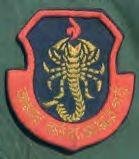
9 Squadron
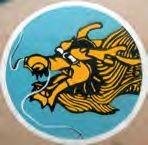
21 Squadron


